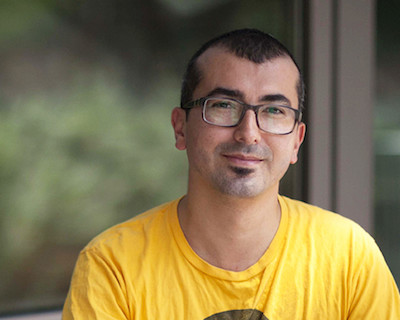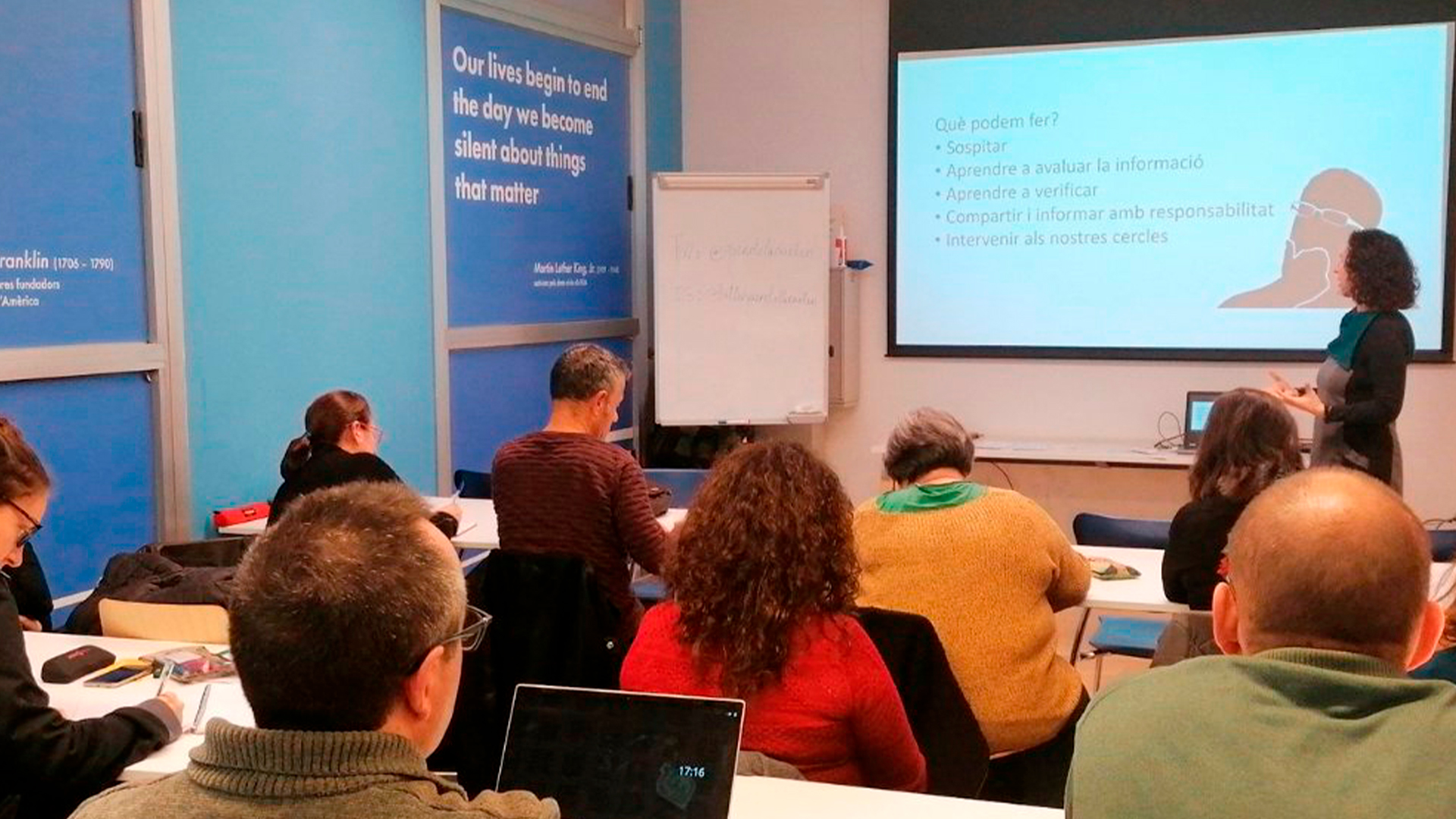The plurality of citizen science

Although the term “citizen science” is increasingly used in the mainstream media around the world, has entered national and regional science policy discourses (particularly in the Global North), and has been fixed in the English language (entered the Oxford dictionary in 2014), there is no consensus about its definition. Citizen science, as Irwin (2015) has noticed, “is open to many definitions, and it contains more than one strand.” It is a label with a “polymorphous nature” (Strasser and Haklay 2018) that is being applied to a myriad of heterogeneous projects developed by universities, schools, government agencies, corporations, NGOs, and communities around the world.
The increasing popularity of citizen science and the rise of a plurality of practices associated to it, is directly related to contemporary questions and concerns about the proper place (power) of knowledge and expertise in society, democratic governance and participation, and the co-production of science and social order (Irwin 2015; Strasser and Haklay 2018; Strasser et al. 2018; Kenens et al. 2020).
Understanding citizen science as a heterogeneous phenomenon that includes range of research, making and knowledge production activities developed by all kinds of people (scientists, amateurs, citizens, experts, communities) requires that we acknowledge its multiple variants. The past decade, researchers developed typologies to conceptualize and to categorize the different initiatives that are labeled (by themselves or by others) as citizen science projects. Given that civic participation is at the core of citizen science practices, several typologies have focused on sorting projects according to how power is distributed among participants (Bonney et al. 2009, Shirk et al. 2012., Haklay 2013, Strasser et al. 2018). This kind of typology considers to what extent participants have control over their practices, including defining the goals (research questions and problem definition) and outcomes of the project (interventions in socio-ecological system, who leads the production of knowledge). Ranging from top-down initiatives started by universities to bottom-up projects initiated by grassroots communities, researchers (Bonney et al. 2009, Shirk et al. 2012., Haklay 2013, Strasser et al. 2018) have mapped a wide spectrum of citizen science projects that includes categories that go from low levels of lay people participation and autonomy to intermediate and high levels of non-experts engagement and control over the initiatives.
Another typology is based on categorizing citizen science initiatives according to the kind of activities developed by the participants, leaving out the questions of power and levels of participation. For instance, Wiggins and Crowston (2011) proposed classifying projects according to activities such as action-oriented, conservation, investigation, education and virtual projects.
More recently, a group of scholars have advanced a typology based on five epistemic activities that participants of citizen science pursue: “calculating”, “sensing”, “self-reporting”, “analyzing”, and “making” (Strasser and Haklay 2018; Strasser et al. 2018). By focusing on the epistemic practices, this kind of typology allows researchers to consider a more plural variety of projects and initiatives, even the ones that are not using the label of citizen science to describe themselves.
Regardless of the multiple approaches in which citizen science can be deployed, the majority of projects developed in the past decades around the world have a top-down approach, are leaded by professional scientists, and tend to focus on conservation, education, and crowdsourcing activities (Strasser and Haklay 2018; Irwin 2015; Haklay et al 2021; Haklay 2013). Top-down initiatives privilege professional scientific expertise and knowledge, and limit the capacity of lay people to address local problems and injustices.
In Latin America, for instance, the projects and initiatives that are gaining recognition and public visibility are the ones led by professional scientists and that are tied to academic and government institutions. University researchers have discussed the need to develop citizen science (“ciencia ciudadana” in Spanish) initiatives in their countries and the region, and several public and private organizations have supported meetings and international collaborations (Invernizzi 2004; Rodríguez, 2019). In 2020, universities from Argentina, Chile and Peru, in collaboration with multilateral organizations, hosted (virtual) the first Latin American Congress of Citizen Science. The Citizen Science Network for the Amazon, based in Lima, has connected diverse organizations and universities from Latin America and North America to generate and share knowledge, develop innovative solutions and maintain ecosystem integrity throughout the Amazon Basin. At the national level, universities and public science institutions from countries such as Colombia (e.g. Instituto Humboldt, BioDiversidad), Mexico (e.g. CONABIO) and Costa Rica (e.g. UCR) have promoted projects focused on conservationism and biodiversity, leveraging some of the digital platforms developed in the Global North (e.g. Cornell University Lab of Ornithology, Bioblitz, iNaturalist) for monitoring and counting the local flora and fauna.

Instituto Humboldt in Colombia – BIO expeditions
However, a number of bottom-up grassroots citizen science projects characterized by high levels of non-experts participation and oriented towards political action have started to catch the media and academic attention (e.g. The Nation 2018; Make Magazine 2018; Vice Magazine 2017; The Guardian 2016; Discover Magazine 2017, 2020; Razon Publica 2018; ImpactoTic 2018; Silla Vacia 2020, Semana 2020; El Espectador 2018). Citizens outside scientific and governmental institutions have started these initiatives with the goal of addressing specific local issues and injustices, particularly those related to the environment, and have sought political, cultural and technical changes. They are in control of the project research questions and objectives and develop the epistemic practices of citizen science with an activist approach that promotes political empowerment, and public inquiry and engagement.
For instance, local community initiatives that monitor water, air, and noise pollution using low-cost DIY instruments (e.g. lightweight buckets, kites, diffusion tubes, and sensors) have deployed the citizen science epistemic practices in struggles against governments and industries, and mobilized them towards political and environmental causes (e.g. Barreneche & Lombana-Bermudez, in press; O’Rourke and Macey, 2003; Ottinger, 2010:247; Berti Suman, 2018, 2019; Kullenberg, 2015; Ziva et al. 2012; Wylie et al. 2014; Pham et al., 2015; Kenens et al., 2020; Kimura, 2021; Van Oudheusden & Abe, 2021). In Bogota, the city where I live, a diverse group of activists and hackers started CanAirIO, a Citizen Air Quality Monitoring Network, in 2017 with the goal of creating a low-cost sensing infrastructure that supports active citizen participation and democratic access to information about air pollution (Barreneche & Lombana-Bermudez, in press). As we have analyzed in a forthcoming article of a IJoC special issue on Data Justice, the concern for the transparency and quality of government-produced pollution data, its measurement standards, and the lack of coverage of its sensor infrastructure, motivated a group of citizens to leverage low-cost sensors, free software, mobile devices, open data, and social media platforms to create an alternative sensing and environmental “counter-infrastructure.”

Given the political commitment of their “calculating”, “sensing”, “self-reporting”, “analyzing”, and “making” activities, grassroots citizen science projects intersect with environmental and data activism (Barreneche & Lombana-Bermudez, in press ; Beraldo & Millan 2019; Walker et al. 2018; Dillon et al., 2017; Kullenberg 2015; Strasser & Haklay 2018). Kullenberg (2015) has conceptualized this kind of bottom-up initiatives as a form of resistance. According to him, citizen science as resistance has an emancipatory goal in which the outputs of the project could “include winning legal battles, influencing policy making, putting an issue on the political agenda or promoting human rights.” Citizen science as resistance reveals the capacity of lay citizens to use scientific practices and instruments to intervene in political struggles and participate in the co-production of socio-technical futures.




